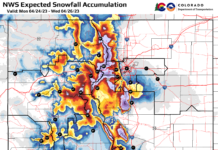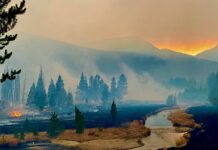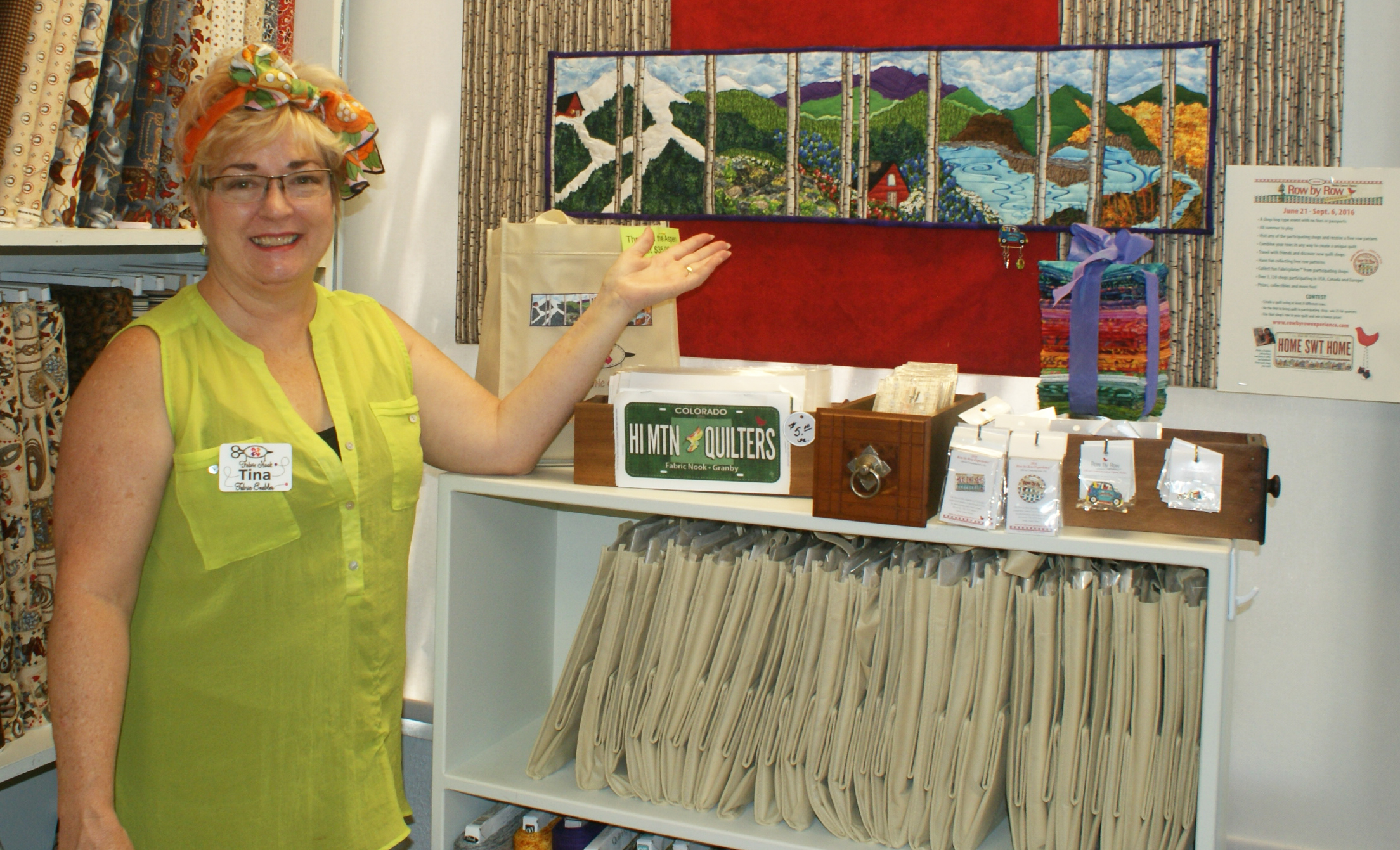
by Christy Parrott
The timeless atmosphere of Grand County living means some of the best things will always stay the same, yet technology looms, particularly with the seemingly science-fiction capabilities of drones. Once considered something reserved for top-secret military missions, now just about anyone can purchase personal drones for private use. However, owning a drone, even in the open-country, comes with responsibility, as they offer both hazards and rewards.
Drones provide tremendous benefits to Grand County’s first responders. With pre-mapping data, drones can help police assess a structure before they physically arrive on the scene. “We use them for any call we find necessary, particularly search and rescue, fugitives, or mapping fires,” Lieutenant Jeff Bauckman explains. Lt. Bauckman worked with Steve Pisano, owner of Device Doctors, to educate the Fraser/Granby SWAT team on drone tactical training. “It lets law enforcement know ahead of time what they’re coming into,” Pisano explains. “You can fly ahead to see if a suspect has a gun in hand.” Fire departments can also use drones equipped with thermal imagers to find hotspots on roofs before fires
Additionally, drones can be helpful to an aircraft in distress. If a plane has an issue with its flaps or landing gear, a drone can fly close enough to assist. This could be
For example, The Grand County Sherriff’s Department confiscated a private drone via court order, after the original owner flew it too close
to helicopters fighting last summer’s wildfires. “There’s a countywide push to ensure that anytime we’re in the air, private drones stay on the ground,” Lieutenant Jeff Bauckman says. Private use is legal, but, “Just because you have the capability,” Wright cautions, “Doesn’t mean you should do it.” Wright explains that while the current drone industry remains self-regulating, pilots and companies need to promote responsibility. “We need to maintain our own high standards to reduce stringent regulations,” Wright urges.
Whether a professional or backyard enthusiast, it’s important to know what air space an individual drone is operating in. What may look like an open field could actually be a Military Operations Airspace, for example. Wright notes that on the Federal Aviation Administration 107 licensing test, “There were no drone questions on the test. Instead, it’s about learning how drones fit into the national airspace.” Clearly, the responsibility lies not in knowing how to operate the drone but where it’s legal and appropriate to fly. Pisano shares, “I tried to fly my drone, and, because it was near a hospital, it wouldn’t let me.” Strict FAA regulations carefully organize airspace to ensure aircraft safety, and interference with these standards could not only pose serious public endangerment but also ensure the gavel slamming down on private drone use. Currently, there are no legal restrictions involving multiple drones operating within the same airspace, which Wright describes as a potentially white-knuckle experience.
Drones can also pose threats to crowds and wildlife. “While I haven’t encountered a bird strike yet, the FAA requires pilots to keep a log of any bird strikes incurred,” Wright says. “The
The advantages of hiring a professional drone pilot are worth considering. With his FAA 107 license, Wright can legally fly to locations invaluable to multiple industries. Wedding photos become sublime, with Wright’s ability to capture what he describes as the drone’s ability to orbit the center of interest, such as a bride’s billowing veil. For real estate, Wright can film limitless vistas no panoramic photo can touch, offering a birds-eye-view of properties and increasing online views and potential buyers. “It’s hard to get a picture from the ground that can portray a space,” Wright explains. Roof inspections are far easier, not to mention safer, with drones use of infrared cameras and heat tape. Equipped with the Hasselblad camera, the same brand that was flown to the moon on the Apollo missions, and stabilized on 3








